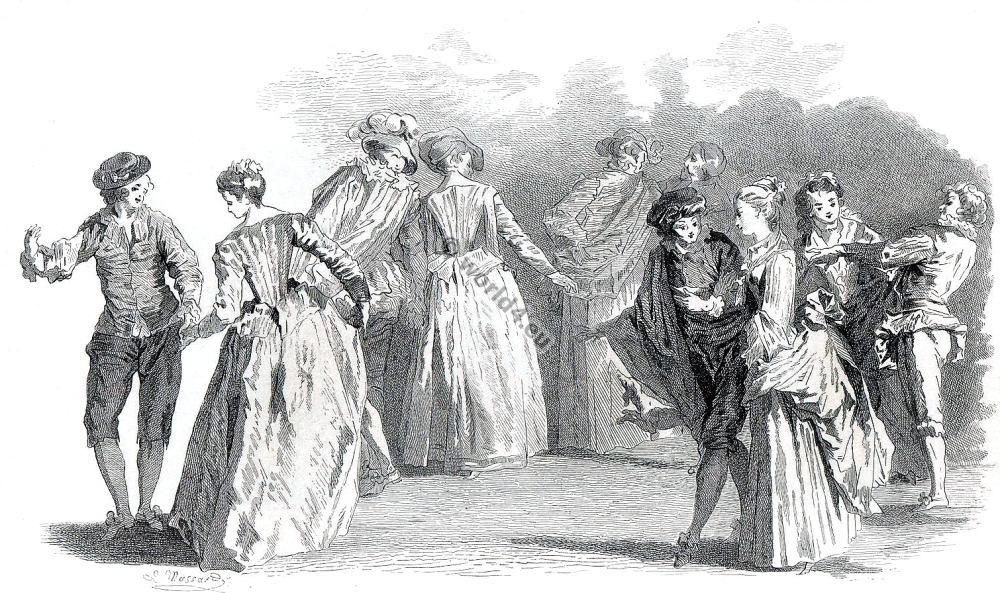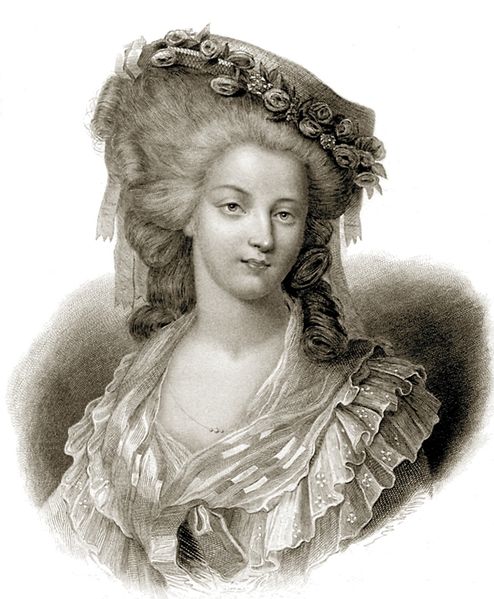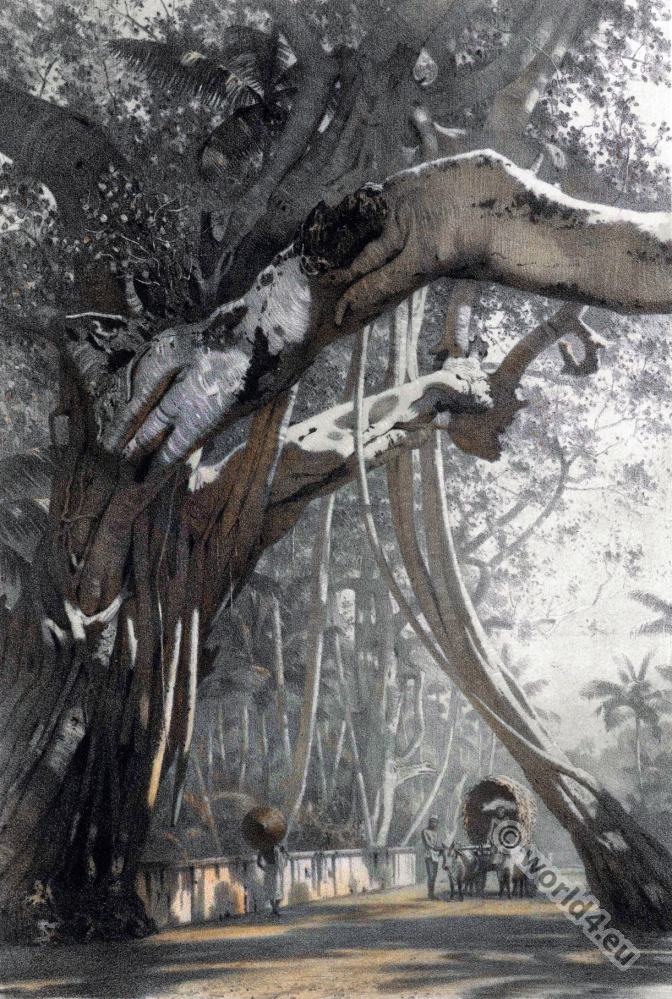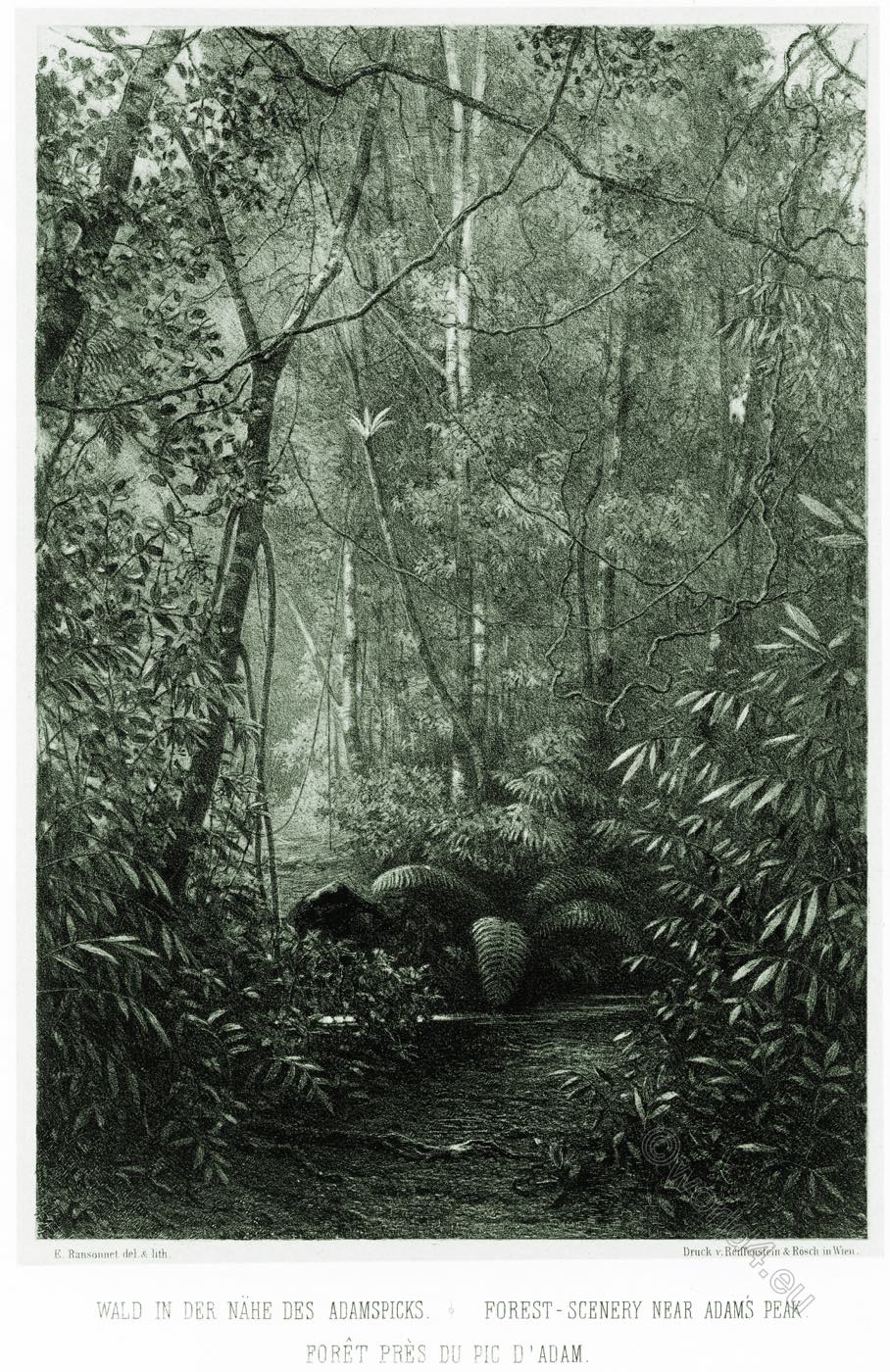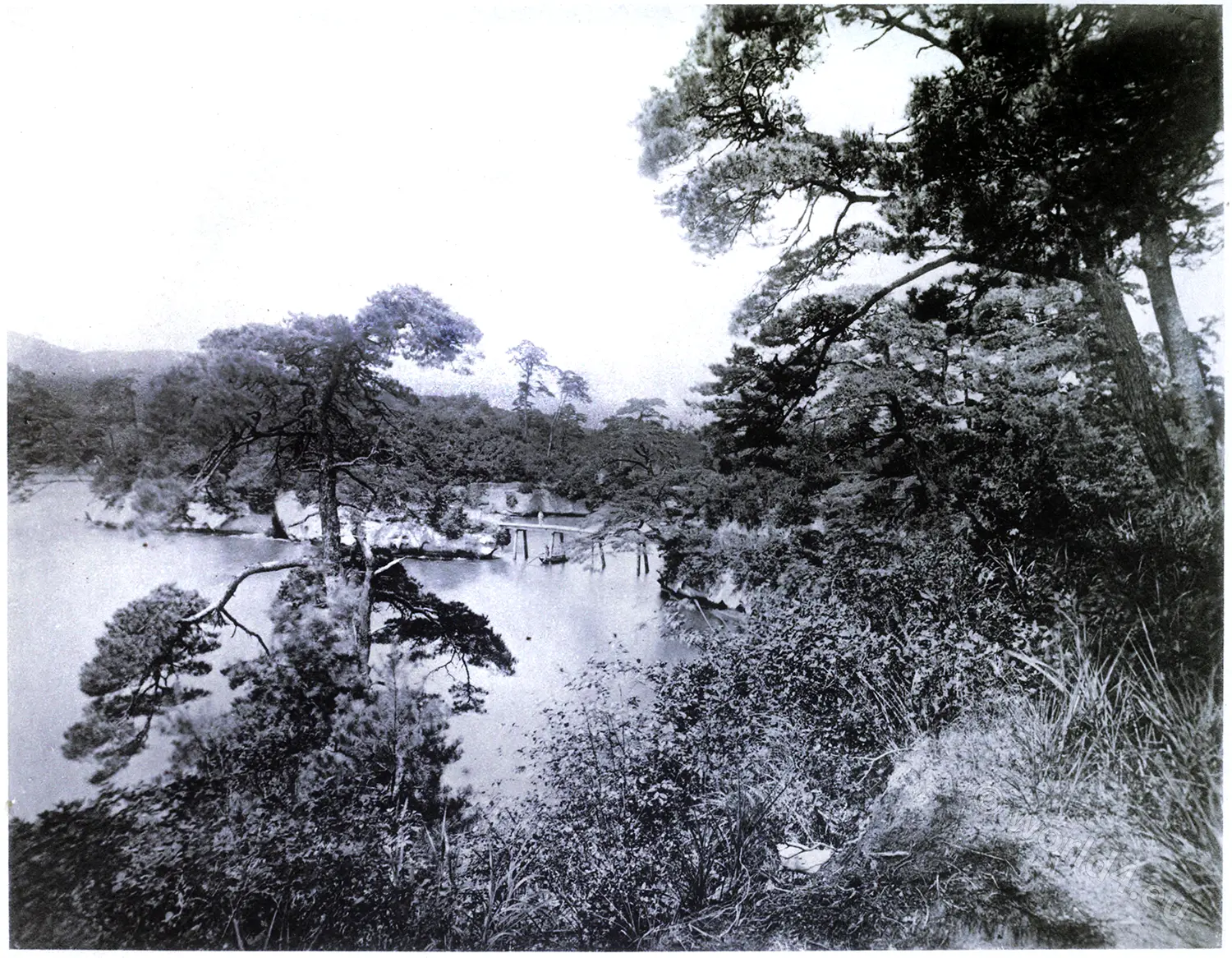
THE MER DE GLACE, CHAMOUNI, SAVOY.
OF all the “pleasure-paths” in the Alps there are few better known than that which crosses the meadows in the Valley of Chamouni at the foot of the Montanvert, and traverses en zig-zag the forest of pines and larches up to the Mer de Glace.
There, generally for the first time, the tourist obtains a really good and close view of that speciality in Alpine scenery, a glacier! – one of the most strange and beautiful of all the wonderful spectacles of Nature. To this permanent exhibition come annually thousands of sight-seers from both continents, American and English in perhaps the greatest proportion.
From the Montanvert as much as two leagues of wild frozen sea of ice can be seen, extending as far as the Mont Periades and the Aiguilles de Léchaud. Turning sharply round the base of the Aiguille de Charmoz, at the left-hand side of the photograph, the traveller reaches the Glacier du Géant. The ice-pass of the Col du Géant, over the shoulder of Mont Blanc into Piedmont, leads in this direction at an elevation of 11,146 feet. By crossing the glacier again at the base of the Aiguille de Charmoz, where the crevasses present less difficulty, and traversing the Talèfre on the right hand of the picture, the Jardin Oasis may be visited. This is a very remarkable sight. After scrambling for hours over precipice and moraine, past the vast masses and pyramids of ice into which the lower extremity of the Glacier de Talèfre is broken, the traveller at length reaches a rocky isle set in a sea of ice, and covered all over with herbage and flowers blooming in summer at an elevation of more than 9,000 feet above the level of the sea. The singularity of such a scene may be imagined, but not its sublimity, encompassed as it is by the splendid Aiguilles that form an amphitheater around the vast expanse of snow and ice which finds an outlet through the comparatively narrow gorge occupied by the Mer de Glace.
Comparatively few ever penetrate beyond the locality where stands the little pavilion that succeeded the hut occupied by De Saussure; but even there the view is undeniably grand, though the extent of field is not so great as that from the Gorner-Grat, where the view is not confined to one side. Yet all the chief features of the sublime and beautiful in Alpine scenery meet here. The vast river of ice, with its sharp glittering pinnacles, which assume at a little distance a regularity they are not found to possess when traversing them – the dark furrowed walls of mountain which enclose it – the lofty needle – pointed Aiguilles that surround it and contrast with the cold glitter of the transparent ice – the world of snow beyond-and the vista of dark pines below, form another chef-d’oeuvre for the traveller to hang in his mental picture gallery.
Descriptive Article by Stephen Thompson. Photographed by Thompson.
Source: Treasure spots of the world: a selection of the chief beauties and wonders of nature and art by Walter Bentley Woodbury (1834-1885); Francis Clement Naish. London: Ward, Lock, and Tyler, Paternoster Row, 1875.
Continuing
Discover more from World4 Costume Culture History
Subscribe to get the latest posts sent to your email.

